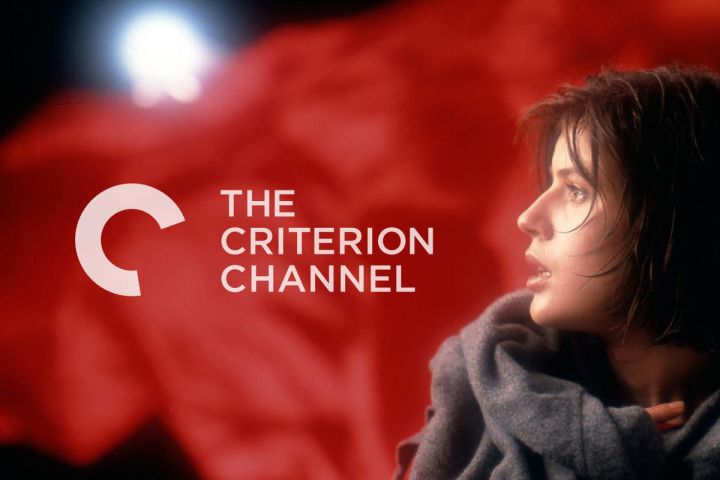
The Criterion Collection, known for its extensive library of classic films, as well as select contemporary titles, is launching its own streaming service, aptly called the Criterion Channel, on April 8. The service is accepting sign-ups starting today, and will be available in both the U.S. and Canada when it goes live.
Charter subscribers (those who sign up before the service launches) will pay $10 per month or $90 annually. Those who wait until after launch will pay $11 per month, or $100 annually. Signing up now will also give you access to a 30-day free trial, and one free movie per week between now and and April 8.
It’s not the first time that film fans have had online access to this treasure trove of movies. Previously, a portion of the Criterion Collection was added to Netflix. When that arrangement evaporated, those same titles migrated over to Hulu. At one point in the Hulu relationship, all 900 Criterion Collection films were available to be streamed for free. Criterion ended its partnership with Hulu in favor of a new Turner-owned service called FilmStruck, which merged the Criterion Collection with Turner’s own Turner Classic Movies. Alas, Turner shut down FilmStruck last year, effectively leaving the Criterion Collection homeless, which no doubt prompted the company to finally go it alone with the Criterion Channel.
This time, in addition to the stable of seminal films, Criterion is offering bonus content, like a 15-minute-a-month “film school” called Observations on Film Art, plus film recommendations from cinema luminaries such as Barry Jenkins, Guillermo del Toro, and Mira Nair.
The platform will be available on PCs, Apple TV, Amazon Fire devices, Roku, iOS, Chromecast, and Android at launch. AirPlay is also supported. Movies can also be downloaded and synced for offline viewing if you use the VHX app on a mobile device (iOS, Android)
What have yet to be shared are the streaming specifications for the Criterion Channel, and this could be an important make-or-break aspect for film buffs. In addition to its unique collection of titles, Criterion is also known for its uncompromising, cinephile quality publishing of DVDs and Blu-rays. Its recent Blu-ray re-release of the 1957 Western 3:10 to Yuma features a 4K digital film transfer, with an uncompressed monaural soundtrack in addition to a 5.1 DTS-HD master audio track — exactly the kind of specs that a film buff would expect from the company. But if the Criterion Channel doesn’t stream these movies at a similar level of quality, will people still prove willing to spend $10 a month for what is (compared to Netflix and others) a fairly limited set of movie titles? As they say … stay tuned!
Editors' Recommendations
- The 10 most popular streaming services, ranked by subscriber count
- How to choose the best anime streaming service in 2022
- Plex launches its free, ad-supported streaming service, no Plex server needed




